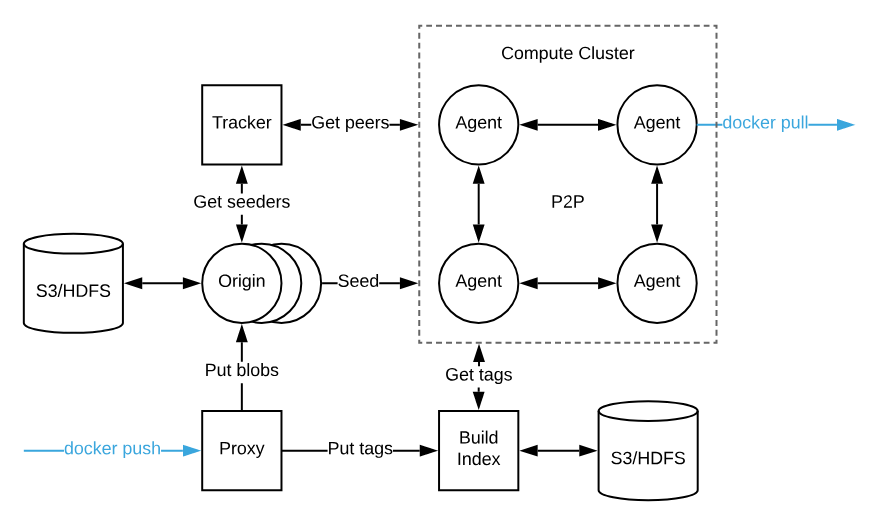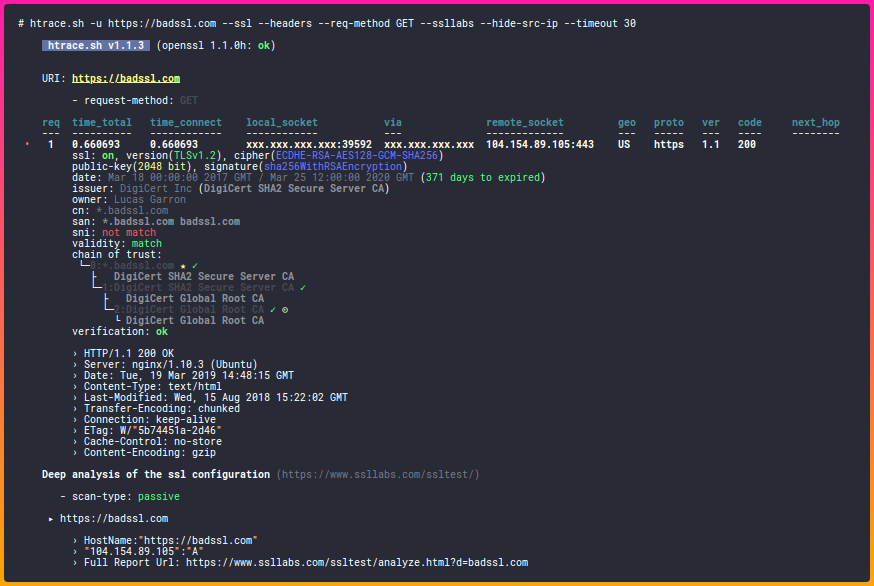Last year, after attending the AWSome Day in Athens, I had a strong feeling that I’ll hear more and more about serverless applications and Lambda functions in the coming months. Turns out I wasn’t wrong.
As infrastructure moves from large dedicated servers through virtual machines to containers, so does the software, from large applications through libraries and components, all the way to individual functions and microservices.
“Building serverless apps with components from the AWS Serverless Application Repository” is just one recent blog post, illustrating how to utilize small components to build a serverless application. While the whole article is well worth a read, I found the link to AWS Serverless Application Repository particularly useful.
Scrolling through all the applications, I have to admit that they aren’t too many yet – a total of 435 at the time of this writing, and most haven’t been deployed widely (the most deployed one having only 28.9K deploys). But as with many other app stores and directories, this is a good start with many examples and some handy microservices already.
The most challenging thing for me, when it comes to microservices, is changing the way I think about applications. While I always try to build the smallest and simplest version first and then iterate it over and over, thinking of a collection of smaller functions and services doesn’t happen easy. I guess, like with everything, this approach needs time and practice to settle in.



